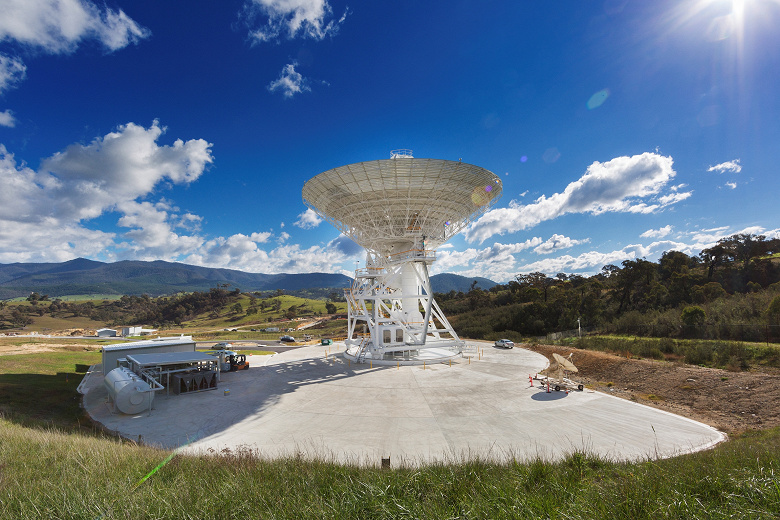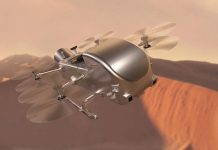Increasing demand with shrinking budgets jeopardizes NASA’s ability to provide communications for the agency’s science missions and Artemis lunar missions
The pressure on DSN – a system of antennas located in Australia, California and Spain, mainly used to communicate with spacecraft outside Earth orbit – has been growing for several years. And the Artemis 1 mission and the demands it placed on the network revealed the challenges NASA will face in the future.
“When it comes to the Artemis missions, the others fall by the wayside, and that impacts all science missions,” said Suzanne Dodd, director of the Interplanetary Network Division at NASA’s Jet Propulsion Laboratory.

In the case of the Artemis 1 mission last fall, the Orion spacecraft took 903 hours of DSN time, while communications for the eight satellites launched as payloads required an additional 871 hours. Science missions using DSN lost a total of 1,585 hours over the same period, including the James Webb Space Telescope, which lost 185 hours of service. While NASA delayed DSN maintenance during the Artemis 1 mission, freeing up an additional 509 hours.
Timekeeping for Artemis missions also presents a scheduling problem due to date shift dependency, which DSN had to deal with in the case of Artemis 1.
We either have to free up the entire network for each launch window, or reallocate time for the rest – and our experience with Artemis 1 has been to fight against trying to move everyone else’s time and use DSN to launch Artemis 1
The amount of time DSN spent on the satellites amazed members of the science committee and irritated Dodd: “Someone thought it was a good idea to put all these satellites on Artemis 1 at a time when DSN couldn’t handle the load.”
NASA Deep Space Network has reached a critical state due to increased load
Most of the DSN time spent communicating for satellites was spent on search and rescue missions when they ran into trouble. Dodd suggested that NASA refrain from such measures if future Artemis missions involve satellites.
We spent a lot of time looking for equipment that didn’t work. In the future, I recommend not doing this. If we don’t hear your signal, your mission is over
DSN will continue to see both increased demand from future Artemis missions and more generally from the increase in other missions, many of which are commercial or government robotic lunar missions.
As Dodd noted, the situation is exacerbated by budget cuts for DSN operations—the annual budget has dropped from $250 million in 2010 to $200 million today, and will continue to decline through the end of the decade.
There have already been several reports in the past that talked about the excessive load on the DSN. Among them is the DSN audit published on July 12th. It states that the network is “already overburdened and will continue to be challenged by the demands of an increasing number of deep space missions,” and that improving the DSN with new antennas is behind schedule and over budget.
All these lessons are very revealing. We have no additional means to overcome these problems
Dodd cited an incident during the Artemis 1 mission when a Private Cloud Appliance failed at a DSN site in California, causing a 33-hour shutdown. The network developed a solution, which it said was unbeatable, to prevent such situations from happening again: “But we weren’t given the funding to do that.”




